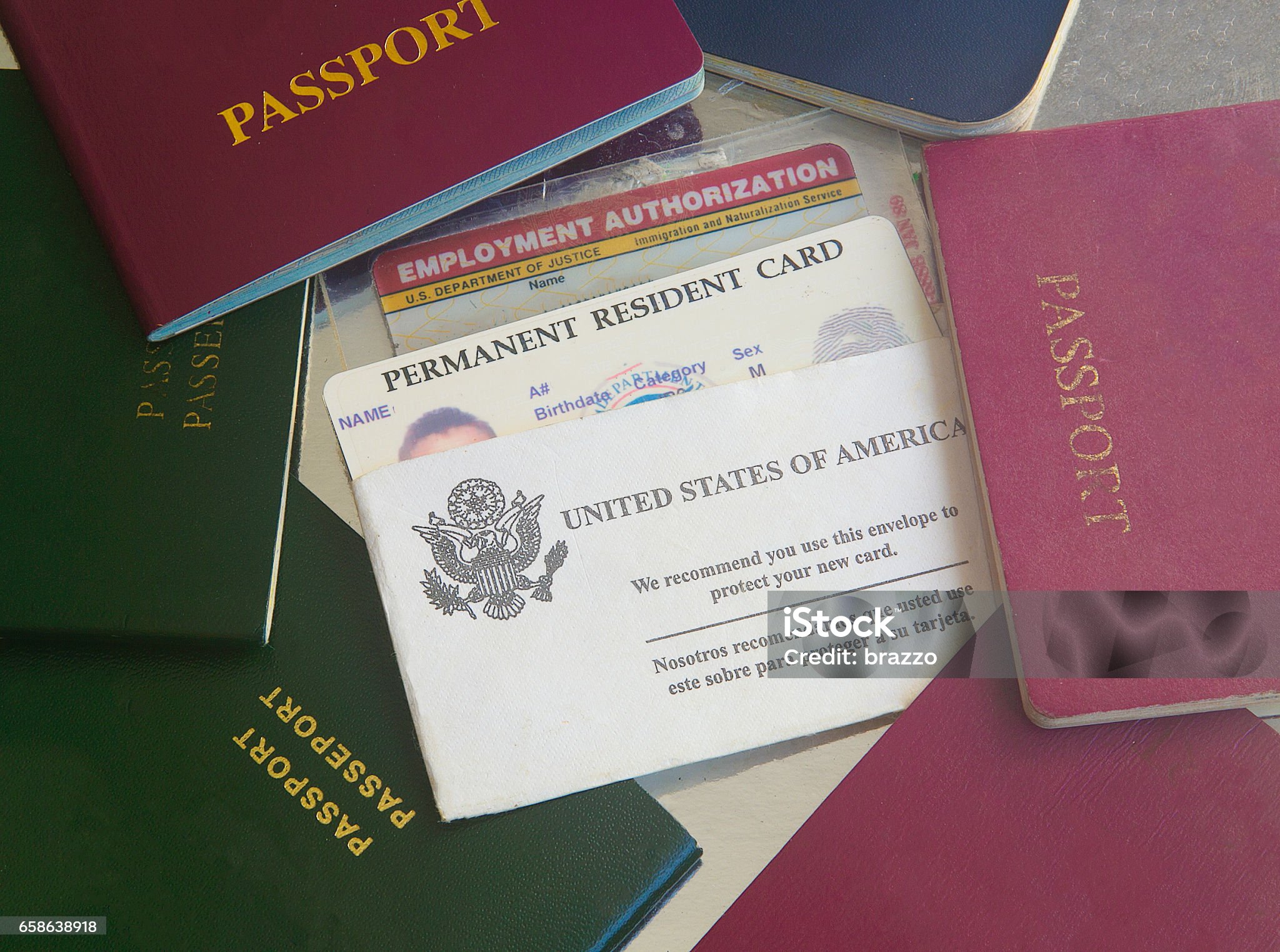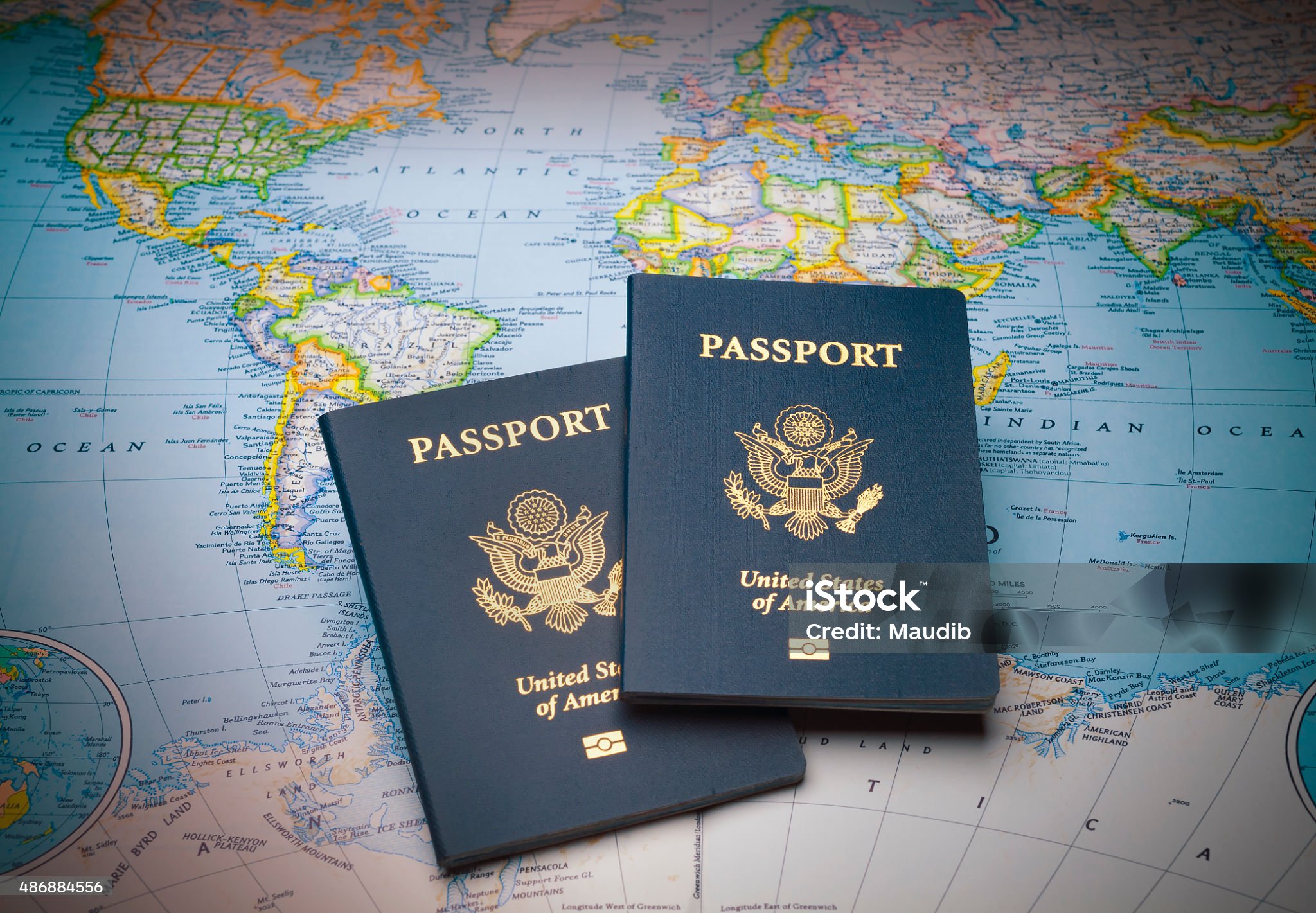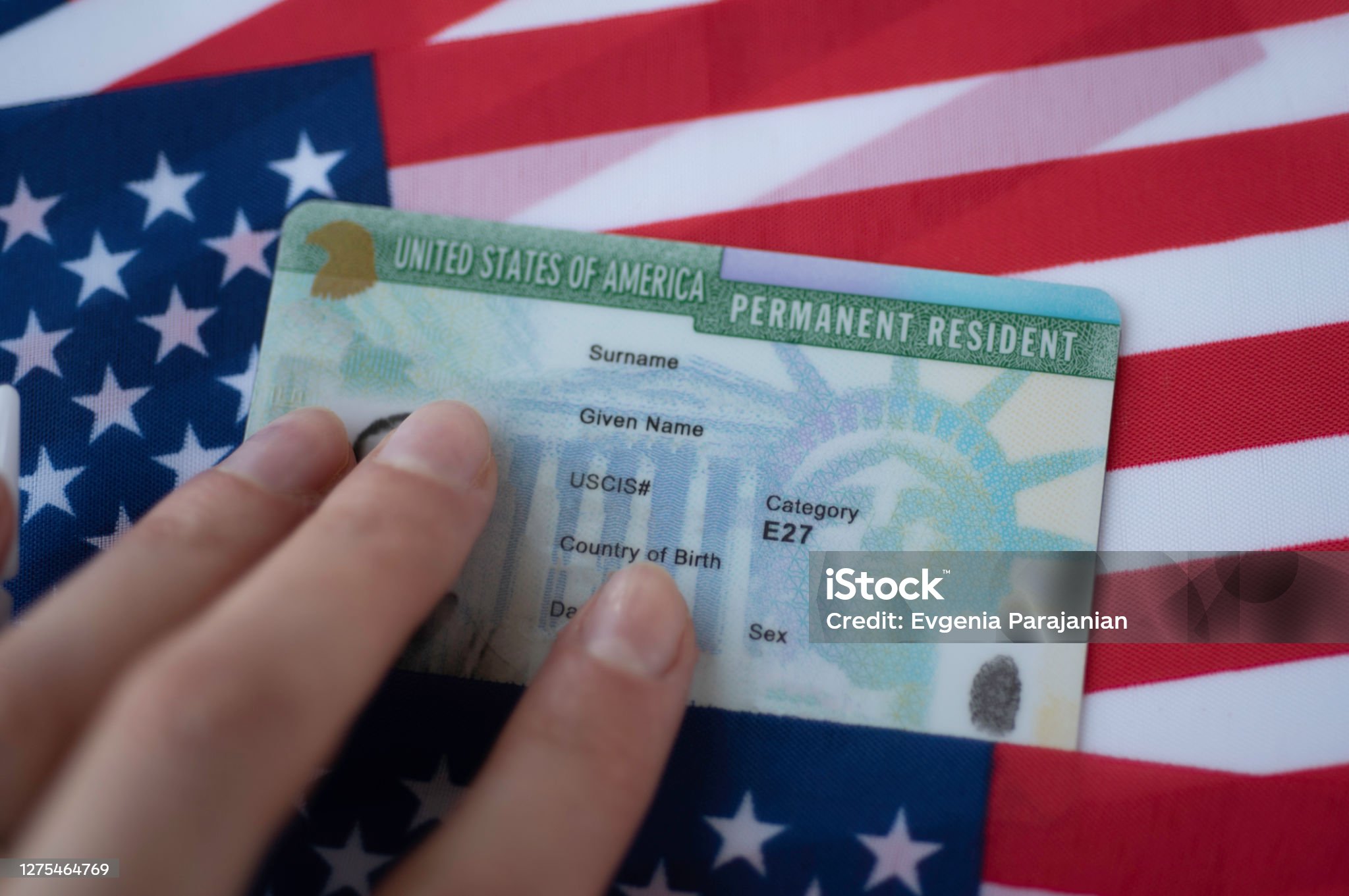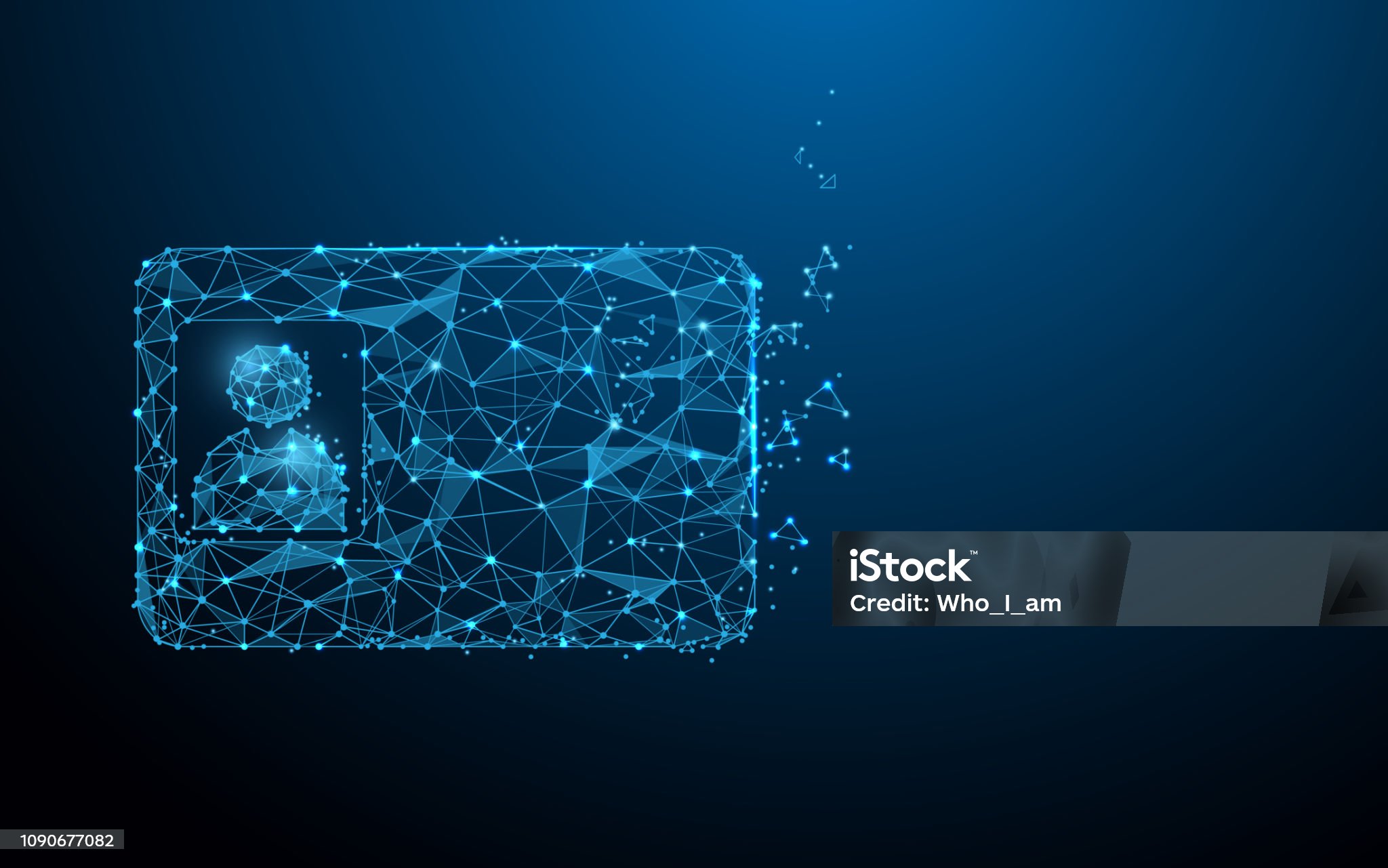Delving into the Function of Identity Verification Systems in Modern Society and Legal Frameworks alongside Future Technological Innovations
Delving into the Function of Identity Verification Systems in Modern Society and Legal Frameworks alongside Future Technological Innovations
Blog Article

1. Introduction to Personal Identification Documents
Personal identification documents are crucial for both individuals and society. Serving as "permissions" and "access tools," these documents help society run efficiently when widely accepted and available. There are different kinds of identification documents, and each of them signifies a particular aspect. Take, for instance, a copyright, which authorizes one to operate a vehicle, and a copyright, which acts as proof of citizenship and permits border crossings. Such documents hold significant personal importance and facilitate transactions such as employment, services, insurance acquisition, and car rentals. Many times, financial institutions might request to review these documents if the borrower appears unreliable or does not have a very strong credit history. Such identification serves dual purposes: proof of identity and legal authorization for various activities.
Identification documents weren't always as integral to daily life as they are in modern times. Their significance has increased over time due to shifts in legal and security frameworks. Advances in information technology allow organizations to create highly secure systems that surpass the ID technologies accessible to the public. Numerous nations are adopting biometric technology to standardize identification cards. A few countries have implemented electronic exit strategies.
Personal identification documents represent an individual's legal confirmation of identity. The "real identification" acknowledged universal documents include passports, copyright, copyright, and driver's licenses at both the international and national levels. Many people store their identification documents securely under lock and key and can easily access them whenever needed.
In this discussion, we delve into the legitimacy and importance of documents such as the IDP, Real ID, copyright, copyright, copyright, and resident permits, aiming to enhance public awareness of their necessity. Both educators and the public ought to be aware of these key identification papers, as it could be useful in preventing the loss or aiding in the recovery of such essential items. The content here is directed at both domestic and international audiences, aiming to ensure they possess the vital documents necessary for their knowledge and ideals.
2. Legal Structures and Rules Overseeing Identification Documents
The governance of identification documents is subject to varying laws and regulations across different jurisdictions. Documents are issued directly to individuals by an issuing authority and under specific guidelines and rules intended to keep the integrity and accuracy of the document. These documents can be mandatory for certain situations while serving as optional verification in others. It is the responsibility of the individual to comply with the legal guidelines set by the jurisdiction where the document is to be used. In conclusion, individuals must comprehend the legal rules that pertain to their intended use of identification documents within any jurisdiction where they expect to act. For the most part, government agencies at the state or local level issue, regulate, and restrict certain documents for use in certain transactions.
However, jurisdictional identification requirements can sometimes create conflicts for those traveling or doing business internationally. It is, therefore, a global concern when people feel wholly alienated when they travel from one country to another and do not comprehend the rules and regulations regarding identification documents. It would be impossible to detail every country’s specific identification rules here, but it is important to know, that with nearly 200 countries and billions of global inhabitants conducting international trade and business, understanding identification requirements is vital. Failure to follow these rules may result in legal conflicts in foreign countries, where international reciprocity must then be considered. Failure to comply could cause legal implications, both civil and criminal, by infringing on laws about identity, privacy, commerce, trade, and human rights.
The balancing of public policies with protected rights is often challenging when determining security guidelines for travel identification documents. In some cases, human rights might clash with security policies requiring the highest levels of identification documentation in the fight against terrorism. Finally, within the last five years, with the rise and acceptance of digital mobile driver's licenses, countries have been clarifying or drafting new laws and regulations to govern their use, which remains an evolving area. Digital identification documents for travel are being considered as the future direction for global travel management. Even with the world moving toward mobile driver licenses, there will still be a need for a copyright, it seems, for some time into the future. 
The standard and evolution of mobile driver licenses and digital ID are also undergoing rapid change. For example, nearly two years after California's law on mobile copyright requirements, stakeholders are set to finalize regulations for the first official state mobile driver’s license.
3. Comparative Analysis of International Driver’s License, Real ID, copyright, copyright, copyright, and Resident Permit
An International Driver’s License is an identification produced for people who are driving internationally. The International Driver’s License was never developed by the UN or international organizations as a travel facilitation tool between countries.
The Real ID is intended to be a widely accepted identification for domestic travel, along with state-issued driver’s licenses and IDs that meet federal standards. The Real ID can also be used for entry to federal facilities and nuclear power plants. It is important to note that the Real ID is not a substitute for travel documents like passports, visas, or resident permits. Even though some individuals may use the Real ID abroad for personal identification or date of birth purposes, its main function is for domestic travel within the United States.
In the United States, passports are recognized as a primary identification document, unlike other derived forms of ID. A copyright is primarily used as a tool of foreign diplomacy; it was created to safeguard citizens from arrest and assist them in traveling for diplomatic or non-obligatory negotiations. This is the copyright’s formal and administrative role. Of course, the copyright has bureaucratic as well as personal applications. In order to travel abroad, especially across state borders, but in some states inter-regionally, the traveler must not only be fit to carry a copyright but also meet many other requirements.
copyright are issued at birth and are typically required to acquire passports and other forms of official ID. When comparing the two, it seems that both a copyright and a copyright serve the same fundamental purpose. That said, a copyright provides extended functions beyond its initial use. Additionally, while a copyright is necessary to get a copyright, it never directly leads to acquiring a “second copyright”. A copyright does not influence the acquisition of a second copyright unless the individual plans on obtaining an illegal second nationality.
4. Security Elements and Fraud Prevention in Identification Documents
Several security measures are in place to prevent the counterfeiting, modification, and fraudulent usage of identification documents. Many identification documents utilize features such as holograms, multi-layered images, and laser engravings for enhanced security. Some ID cards are embedded with RFID chips holding biometric data and digital imagery to prevent misuse.
A number of these security components are covert or semi-covert, including techniques such as special ink designs, watermarks, or microtext. All these features are intended to ensure that ID documents are difficult to copyright. 
In general, the level of security of an copyright should correspond to the level of trust required. copyright security features, for example, don’t require the same level of security as passports, which are used for international travel, while driving licenses serve primarily domestic purposes.
Technological progress has resulted in more sophisticated security features for identification documents. Actively promoting and adopting new security technologies helps keep one step ahead of potential fraudsters and counterfeiters by using up-to-date issuance practices.
Moreover, it is also important to continually evaluate existing and potential security features and issuance methods. This evaluation ensures that identification security systems remain strong in the face of new and advancing threats.
Furthermore, an effective anti-fraud document security program should focus on proactive as well as reactive strategies. Proactive measures might include training programs, public information efforts, security seminars, and public service announcements.
5. Conclusion and Future Trends in Identification Document Technology
This document takes a global look at some of the many variants of identification documents in the world. Identification documents must be examined from a technical angle, including security features and verification, as well as from a legal viewpoint concerning their legitimacy in courts.
My research shows different attitudes to the way a good document might be and how the value of the verification tool is variable according to the circumstances of where the document should be used. Additionally, ethnography could illustrate how varying cultural perspectives influence the concept of an ideal identification document. Comparative work also offers understanding of the differences in document legitimacy, even among countries with comparable political, economic, and social frameworks.
Future trends in identification documents are rapidly evolving due to innovations in digital and technological fields. Technology is continuously boosting the CV and service offering of standard secure documents such as eIDs to follow the adoption of mobile phones. Key developments in this technological shift are the integration of biometrics and blockchain as distributed ledger technologies.
The use of biometrics, particularly with “liveness” detection, will gather biometric information during personal verification, improving identity trustworthiness and mitigating the risk of digital identity fraud. This technology could transcend the scope of basic human rights as defined by international laws and constitutions. Access to this biometric data must be carefully protected and based on the person’s consent.
Digital Real ID identity systems might contribute to exclusion, particularly for individuals who do not have easy access to digital identification systems. Many people struggle to gain access to digital identity systems, especially in certain regions. Some already speak of an “identity gap” caused and reinforced by new technologies that, with different ways of use, can generate structurally unequal levels of identity verification to access certain spheres of human society.
Digital identity systems need to be systematically compared to traditional, physical identification documents. So, apart from verifying identity, digital identity databases also serve to verify risk levels associated with different transactions. There should be more systematic research to see how offline verification rights can be applied in the context of digital identification systems.